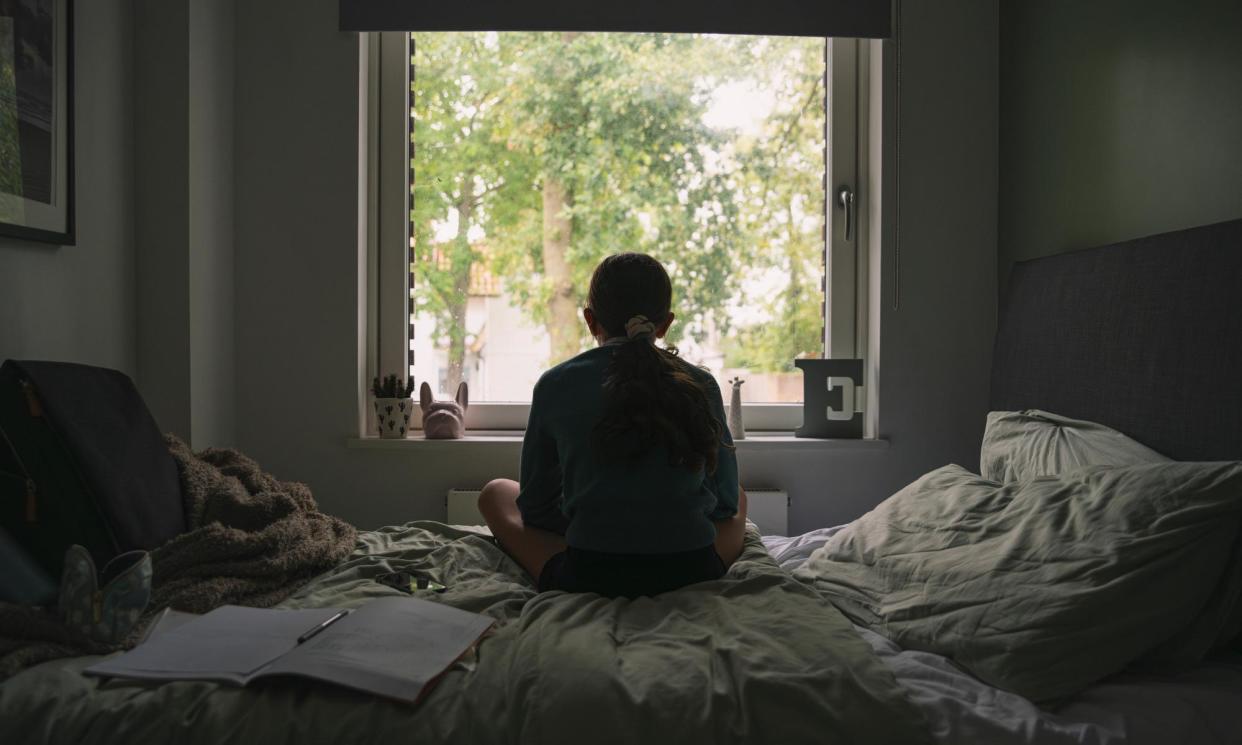Places in council-run children’s homes in England fall by third as private firms take over

The number of places in council-run children’s homes in England has fallen by a third since 2012 – at the same time as places in privately run profit-making children’s homes have soared, according to an Observer analysis of government data.
The dramatic fall in council-run children’s homes, and local authorities’ increasing reliance on privately run provision, have helped drive a rise in children being housed hundreds of miles from their families, with private provision clustering in cheaper parts of the country.
Figures from annual reports published by the regulator Ofsted show that the number of places in council-run children’s homes fell from around 3,250 in 2012 to 2,087 in 2023. But over the past eight years, the number of children in privately run homes rose by 63%. Overall, there are now 9,717 children in homes run by either private companies or charities, with the vast majority in the private sector.
A long-term shift away from council management of children’s homes – driven by a series of abuse scandals and a desire to house children in family settings – was given new impetus by post-2010 austerity. Councils could not afford to invest in their own provision, and instead turned to privately run children’s homes.
Related: Revealed: hundreds of vulnerable children sent to illegal and unregulated care homes in England
However, private units are often clustered in parts of the country where costs are lower, leading to children regularly being placed hundreds of miles from their families. There are more children’s homes in north-west England than in London, the south-west and the south-east put together.
“Private children’s homes tend to be more concentrated in certain areas of the country, often where property is cheaper, not where children need homes the most,” said Katharine Sacks-Jones, chief executive of children’s charity Become. “A decrease in council-run homes over the last decade means authorities are left with little choice but to send children miles away from everything they know – their school, their friends and sadly, often, brothers and sisters. This is affecting growing numbers of children, with a huge impact on their mental health and wellbeing, leaving many isolated and vulnerable.
“We urgently need a national strategy to increase the supply of suitable residential and foster homes across the country, and to address the issues of profiteering which has no place in children’s social care.”
In 2022 the Competitions and Markets Authority said the largest private children’s home providers were making higher profits and charging higher fees than they would if the market was functioning effectively – although it added that private provision was no more expensive than councils’ in-house children’s homes, as the latter had higher staffing rates and operating costs.
Louise Gittins, of the Local Government Association, said: “A mixed market of provision, incorporating local authority and independent provision, can help to make sure children are quickly found homes that best suits their needs.
“However, we are increasingly concerned about the balance of provision, in particular the growth and market share of the very largest providers which limits councils’ ability to manage the market and ensure the availability of placements to meet the needs of the children they care for.
“It is concerning that in many cases, a lack of choice means provision is not fully meeting children’s needs.
“We are calling on whoever forms the next government to support councils to ensure all children live in loving homes that best meet their needs.”
Mark Kerr, head of the Children’s Homes Association, which represents mainly private children’s home providers, said: “The children’s residential care sector is currently grappling with significant and undisputed increases in operating costs, a situation that has become even more acute in recent years. This is not due to any unreasonable charges by independently regulated children’s homes, but rather a complex interplay of various factors, each contributing to the rise in costs.”
He pointed to inflation, rising complexity of children’s needs, and shortcomings in mental health services as factors driving up costs.

 Yahoo News
Yahoo News 
